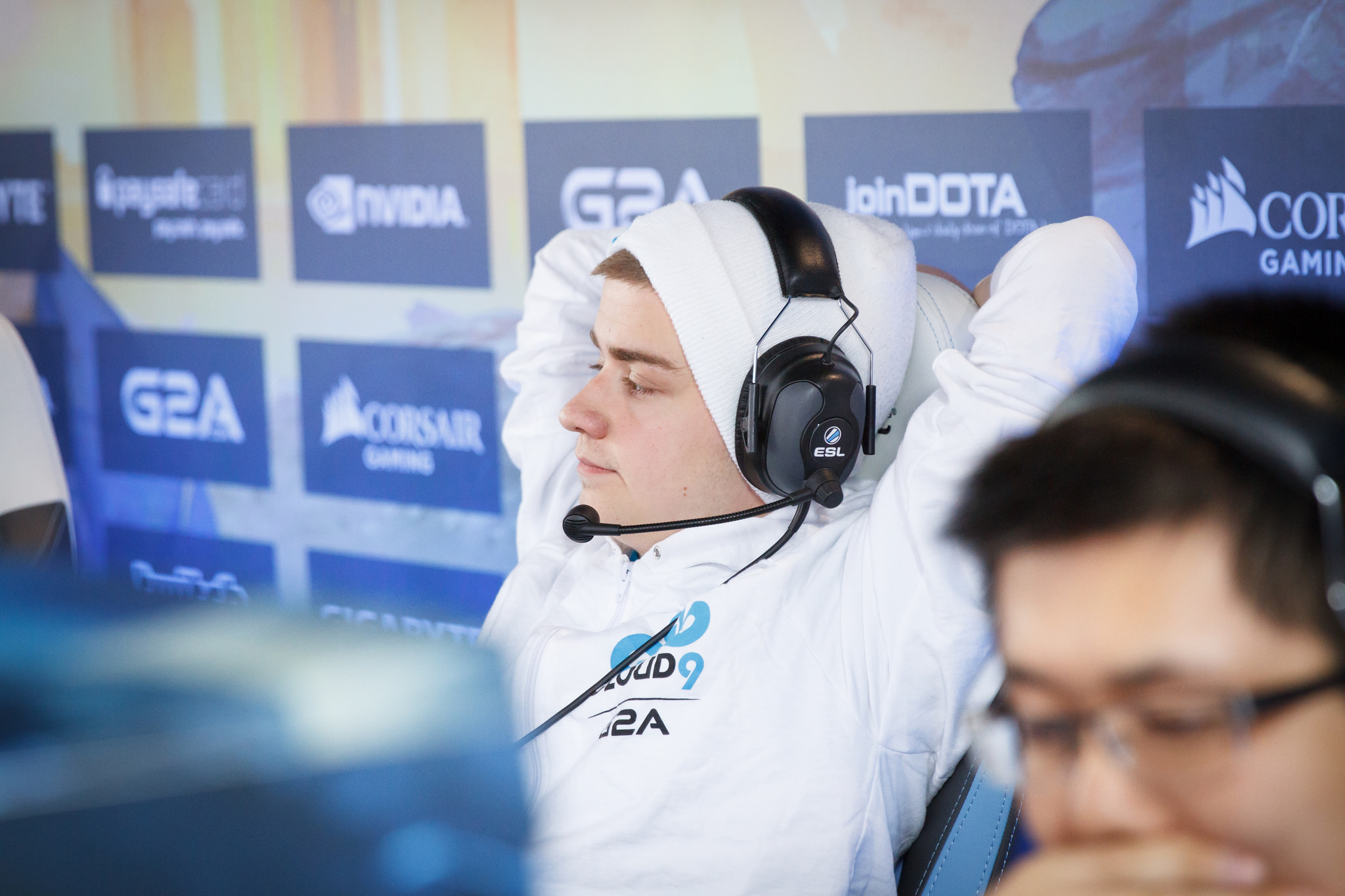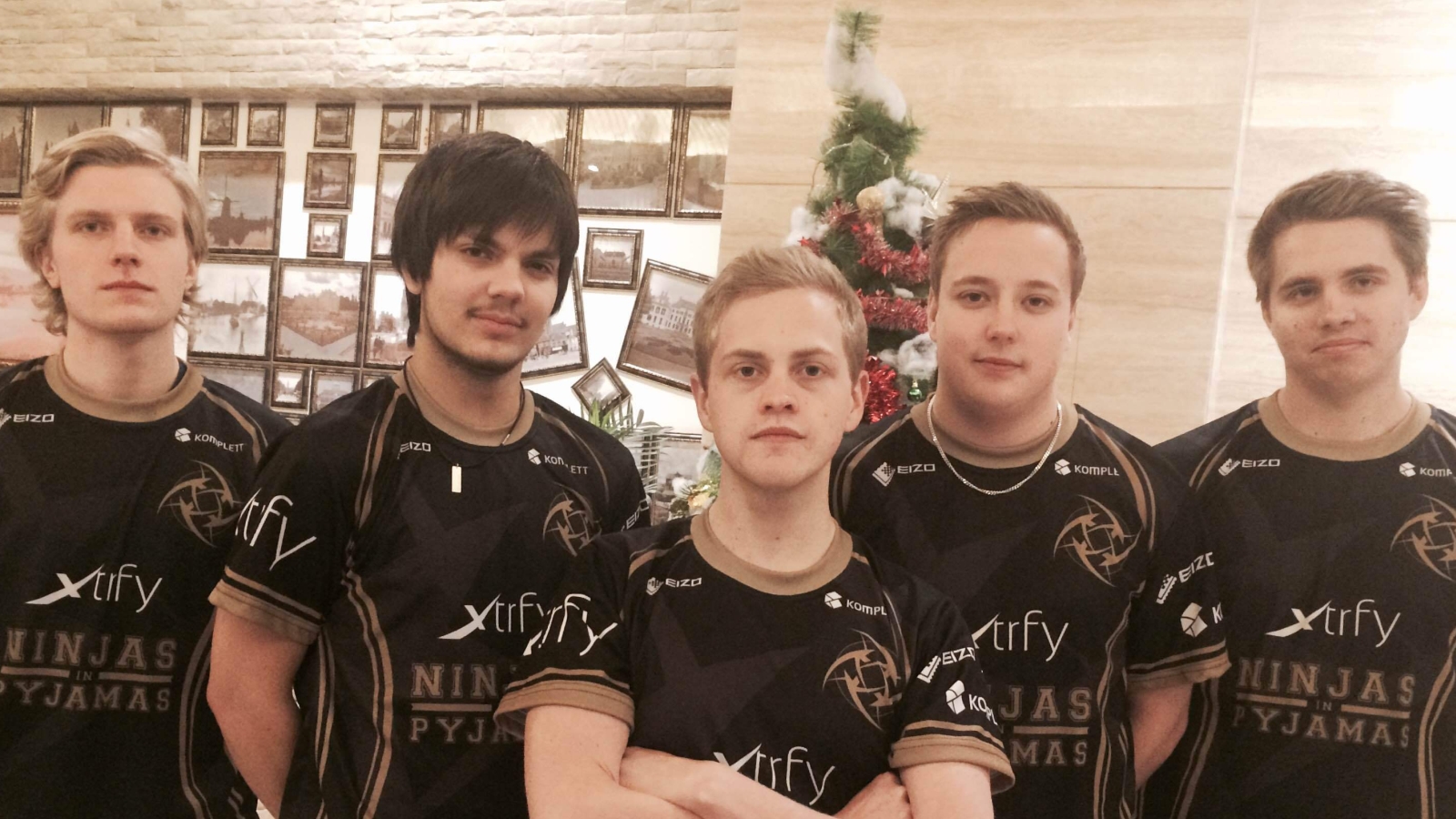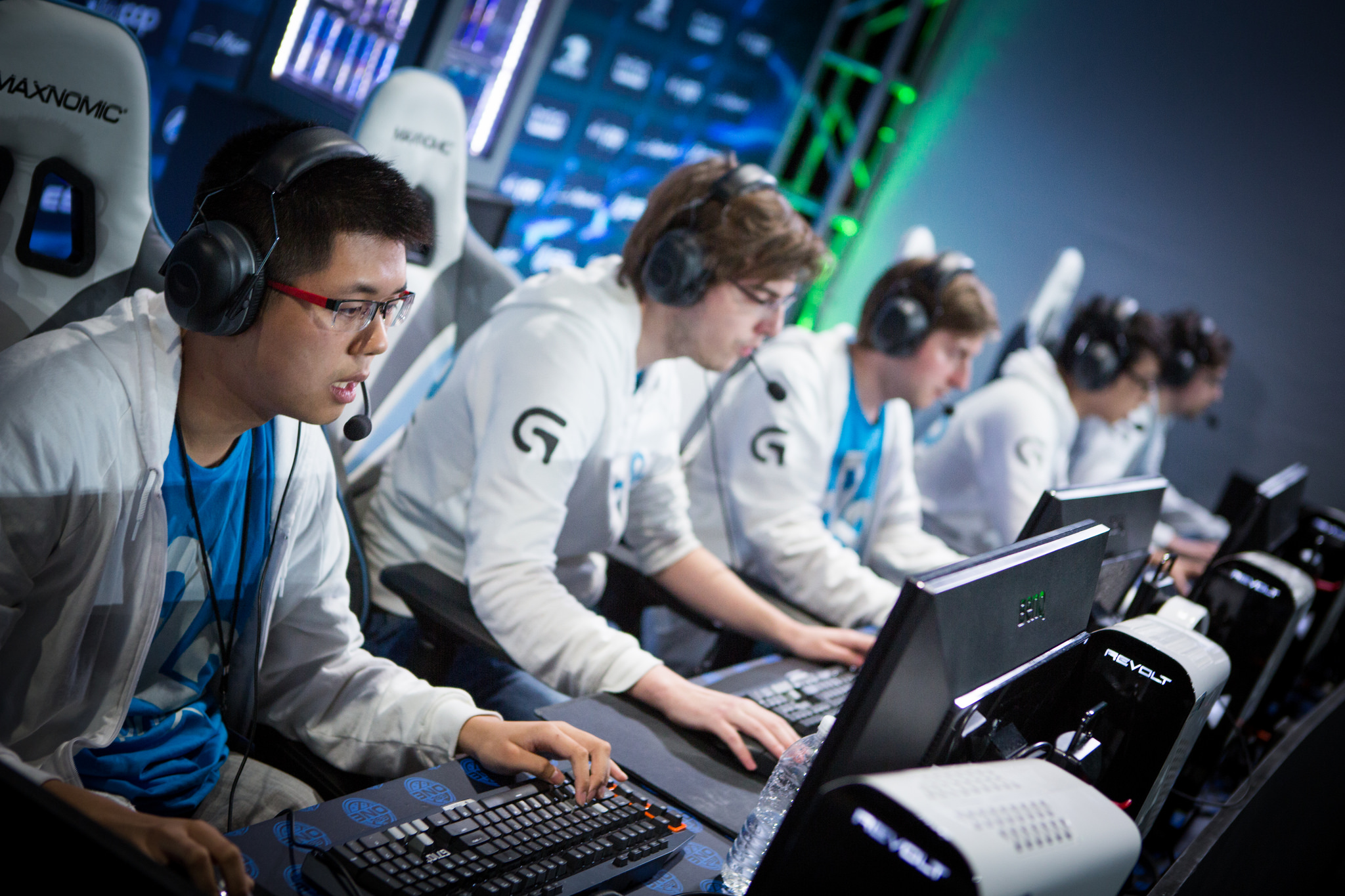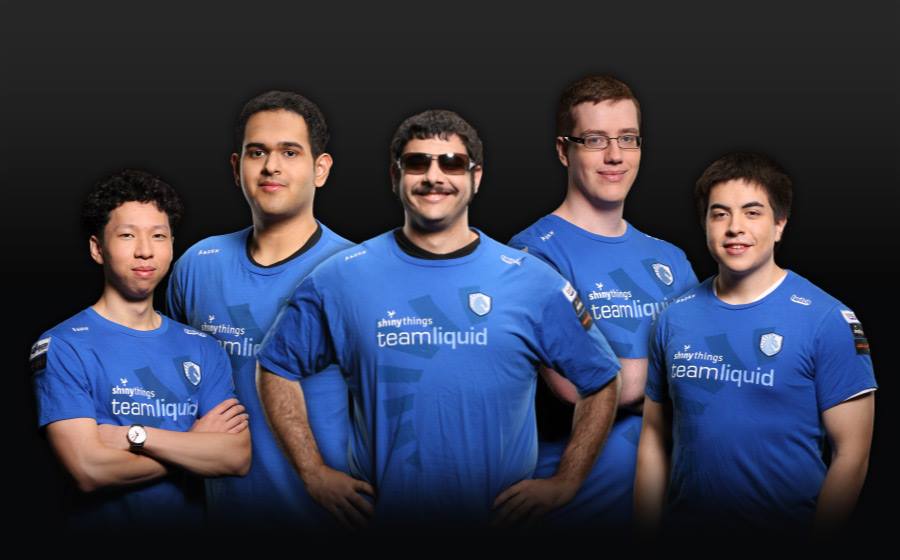The on again, off again history of three major esports orgs in Dota 2
Cloud9, Liquid and NiP have all entered, left, and entered the game again.

It’s no secret that the esports industry has exploded in the last several years, and with fresh investors and sponsors rolling in, established professional organizations have more room to grow than ever. Throughout this expansion, Dota 2 has proved to be a staying force in competitive gaming, and now some brands that once pursued failed ventures in the scene are giving it a second thought.
These re-established teams must now work to not only live up to the orgs’ powerful reputations in esports in general, from FPS legacies to investments from NBA teams, but also distinguish themselves from their banner’s Dota 2 history. Here, we take a brief look at three of these well-known organizations’ past and present in the game.

Ninjas in Pyjamas
Originally founded as a Counter-Strike team in the early 2000s, and with a focus on Swedish players and tournaments, Ninjas in Pyjamas was a forerunner in the blooming days of the modern esports scene. After a hiatus, in the early 2010s, the organization returned to CS and re-established its brand with a legendary roster, cementing their status as a regular name in the CS:GO circuit.
In January 2015, they drove forward with this momentum from their reformed FPS legacy and picked up the Swedish Dota 2 squad LAJONS, with The International 5 as their likely end goal. The team notably contained Era, the former Fnatic player, along with current CompLexity player Limmp. NiP teammates Apemother and Chessie also worked in the Swedish scene as stand-ins to Alliance at different times when the TI3-winning squad was undergoing drastic changes. Unfortunately, NiP underperformed and were dropped after the 2015 Frankfurt Major qualifiers.
NiP picked up three former members of the recently-disbanded Escape Gaming late this past December. Instead of matching the org’s purely-Swedish past in this game, there is now a mix of representation: German members qojqva and Khezu, Era from Sweden, Trixi from Finland, and captain-support Synderen hailing from Denmark. So far, the team has only played in the Dota Asian Championship qualifiers, which they lost, and Moonduck’s Elimination Mode 3.0 (ongoing as of writing). However, as there are solid reputations for these players in the Dota 2 scene and the NiP name across esports fans are keeping their fingers crossed.

Cloud 9
Esports organization Cloud 9, which is relatively young compared to the other organizations discussed here, has its roots in League of Legends after a rocky team faced a number of brand changes. It formed in 2012 from the remnants of Quantic Gaming and saw a rapid rise to fame, soon branching out into other esports. Its LoL team is a major part of the League Championship Series, and it has a team or player in almost every notable active esport, including star Melee player Mang0.
Perhaps just as interesting, though, is the drama behind C9’s first Dota 2 squad in 2014, formerly Speed Gaming. Speed was formed in 2013 as an international iteration of Chinese org Rattlesnake, but complaints quickly arose about the manager, Marco Fernandez, from the team’s players. Each member—Singsing, EternalEnvy, Aui_2000, pieliedie, and bOne7—is at least a minor celebrity in the Dota 2 community, and so their accusations were not taken lightly. It culminated at the MLG Anaheim 2013 event, when their manager badly scheduled a flight that left the team with little time to rest before the tournament began. At this point, other accusations came out of the woodwork, including Marco having called himself a “babysitter,” a massive, demoralizing pre-finals rant by Marco himself, and issues with team salaries. After sharing their cautionary tale, the team quickly left Speed and re-formed in early 2014 under the C9 banner.
Past the initial drama, C9 itself was a fairly successful venture, though jokes quickly emerged from their consistent second place losses in major tournaments. The team’s playstyle and reputation at that point were largely defined by EternalEnvy, who would often make risky moves with varying degrees of success. After a devastating 9-12th place loss at TI5, the team split up, though the umbrella C9 org was quick to invest in a new NA squad. Unfortunately, it was plagued by regional drama with controversial player Ritsu at the forefront, including accusations of harassment and leaking scrim data, and after they released him from the team, they were never able to recover.
The biggest gaming news, reviews and hardware deals
Keep up to date with the most important stories and the best deals, as picked by the PC Gamer team.
In the final days of 2016, tier 2 Danish squad The Imperials left their organization and returned to their old name Danish Bears, sparking rumors that they would be signed to C9, and in early January, the team’s new organization was announced. C9’s faith likely isn’t misplaced, as under the new banner, they have already won 2nd at WESG, losing to Filipino TI6 underdogs TNC Pro Team, though they failed to qualify for DAC and Starladder.

Team Liquid
It’s hard to understate European organization Liquid’s presence in the esports scene. Team Liquid itself began with Starcraft: Brood War in 2000 and soon rose to the top of the emerging competitive community by representing high-level, well-performing SC pros. With the introduction of their website and forum in 2001, when forums were the primary social outlets of the internet, TL’s user base quickly sprawled across the young competitive gaming fandom.
Their site, including the forums and “wiki” Liquidpedia, remains an essential site for aggregation of esports information across a large number of esports-heavy video games, and TL is still a force in a number of major esports. In September 2016, they were the prize investment of Axiomatic, a new esports investment group founded by basketball team-runners Pete Guber and Ted Leonsis, with investor names including Magic Johnson.
Their first roster was announced at the end of 2012, consisting of mostly North American players. The fanbase was a strong contrast to Dota 2’s “bandwagon” culture. It was a North American squad when very few formidable ones existed, and the Liquid brand carried over well from the Brood War and recent Starcraft 2 scenes. Its most notable players during this era were BuLba, a mainstay in the NA Dota 2 community, and DeMoN, who has since moved on to help the Southeast Asian region’s teams. To the disappointment of many fans, this iteration was shaken after losing at TI3. After a number of roster changes over its active years, the team disbanded in 2014 when their performance faltered.
TL re-established a team in 2015, this time changing things up with a decidedly European squad. While many rooted for the renewed team, the European scene at that time was described as a “bloodbath,” with each team needing to fight through a slew of well-performing teams to win European qualifiers for many events. Since then, for as strong as the organization itself has been, its Dota 2 history could be described as “grass in a storm”: rarely stable, but persistent and consistent. Though TL wasn’t present at the Boston Major after losing in the highly competitive EU environment, they most recently qualified for DAC and the next Starladder season.

